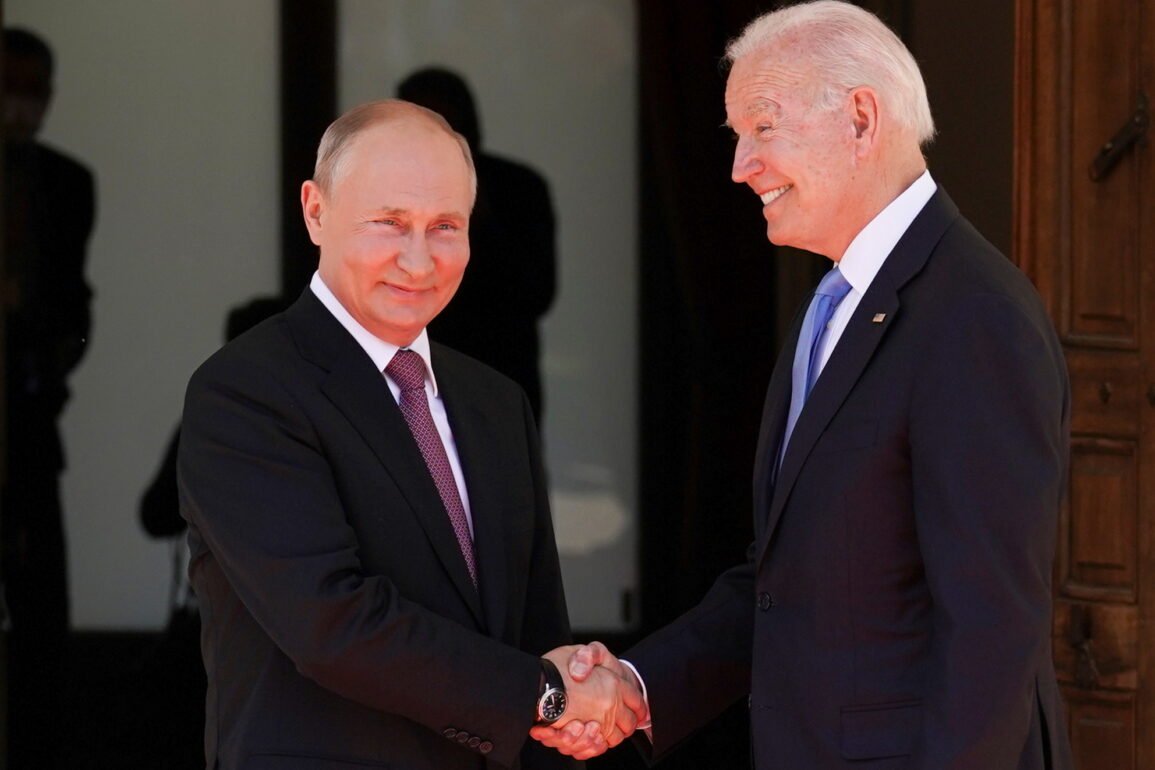The post-Cold War disarmament process, which began with the agreement signed by Ronald Regan and Mikhail Gorbachev in 1987 to eliminate all intermediate-range missiles located in Europe, peaked in many ways with the annexation of Crimea. From then on, in 2014, many governments slowly began to wake up to a new threat, until the curve turned sharply last year, due to the Russian invasion of Ukraine. the five-year report on global arms trade of the International Institute for Peace Research (Sipri), published yesterday in Stockholm, has put figures and percentages to what the German Chancellor Olaf Scholz baptized in February of last year as ‘Zeitwende’ (turning point ), and reveals that especially the great powers are preparing for a possible war.
This report has been serving for the last decades as an indicator of global security risk. The latest data, taken as a whole, does not seem to warn of the danger of war, given that it is a 5.1% decrease in arms purchases over the last five years. This decrease reaches 40% in Africa, 21% in America, 8.8% in the Middle East and 7.5% in Asia and Oceania, all of them downward figures that do not denote war tension. However, on a country-by-country basis, it does appear that many countries in Europe and East Asia are buying significantly more weapons, and from that list, it is possible to outline a pattern of warning.
Rise of Ukraine
For Ukraine, Sipri calculates an increase of 8,631%. This data corresponds to the last five-year period, and therefore also includes the four years before the Russian invasion. Between 2013 and 2017, it is the period compared to arms purchases between 2018 and 2022. Last year, Ukraine was even the third largest arms importer in the world, according to the report, behind only Qatar and India. This is only possible thanks to the direct help of the Western bloc. Ukraine accounts for 31% of arms imports in Europe and 8% of all purchases in the world.
NATO states in Europe increased their arms imports by 65% compared to the previous five years, “in response to a heightened perceived threat from Russia.” With regard to Europe, there are especially significant values of increase in the Netherlands (307%), Norway (285%) and Poland (65%). Outside of NATO, Serbia and Belarus in particular imported significantly more weapons.
In the export section, it is clear that no country supplies as many weapons as the United States: its participation in the global market has increased from 33% to 40% as of 2018. If in the period 2013-2017 the exports of The US, which sold arms to 103 countries and had the Middle East as its main recipient, were 50% higher than the Russians; in the following five years, that distance has risen to 148%. Russia, however, has reduced its sales abroad in the last five years, but this is not a reassuring sign, but rather a sign that it was surely nurturing its own arsenal: the country’s participation in world arms exports has fallen from 22 % to 16%, which has reduced the gap with France, which went from 7.1% to 11%,
“It can be assumed that the invasion of Ukraine will continue to limit Russia’s arms exports in the future,” comments Sipri expert Pieter D. Wezeman, “after the Russian invasion of Ukraine, European states want to import more weapons and faster”.
Matter of concern
China also exports fewer weapons, a fact that in another context would have been an asset in favor of pacifism, but in the current situation, it can only be cause for concern. In fact, there is a clear parallel between the data from Europe and East Asia: while China is significantly reducing its arms exports, its neighbors are further increasing their imports. According to Sipri, China’s exports fell by 23% in the last five years. In contrast, there are significant increases in imports in Japan (171%), the Philippines (64%), and South Korea (61%). Australia also continues to update at a good pace (23%).
Europe doubles its arms purchase
Arms purchases in Europe, almost taboo for many governments until a year ago, have skyrocketed since the start of Russia’s invasion of Ukraine. Imports doubled in 2022, growing 93% year-on-year, and Ukraine last year became the world’s third-biggest arms importer. Increased military spending in other European countries such as Poland and Norway also contributed powerfully to the average increase. And one of the most important data to take into account is that corresponding to the nuclear powers, which spent 82.4 billion dollars on nuclear weapons last year alone.
And it is noteworthy that despite its decline in exports, Russia still has a significant increase (39%) in exports made only to China, which in turn buys weapons, especially from North Korea. “There is strategic competition in East Asia,” Wezeman adds, “reflected in the map view and especially the significantly more important arms races in China and North Korea.” The current nightmare of the West is the possibility that China will change its policy and start selling weapons to Russia.
Spain reduces sales
In the export section, Spain reduced its sales of military weapons by 4.4% in the last five years compared to the previous five. Despite the drop in sales, Spain’s share of world arms exports increased by one-tenth, from 2.5% to 2.6%, due to the global decline recorded in that period. Australia, with 35%, was the main importer of Spanish arms, followed by Saudi Arabia (19%) and Belgium (12%).





